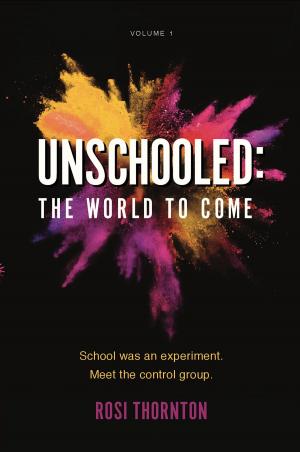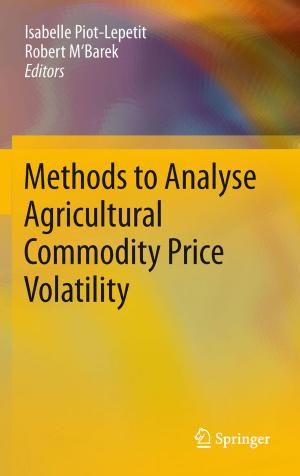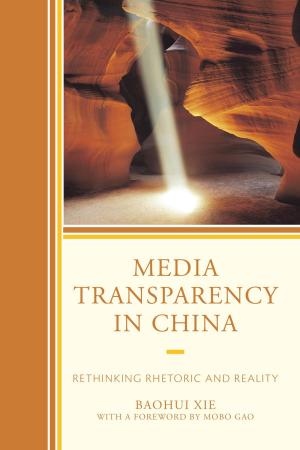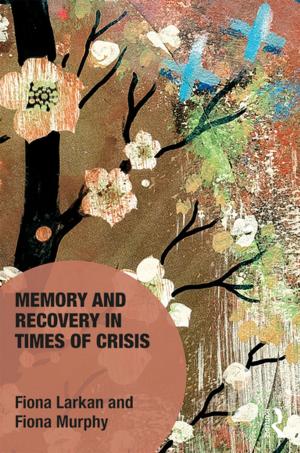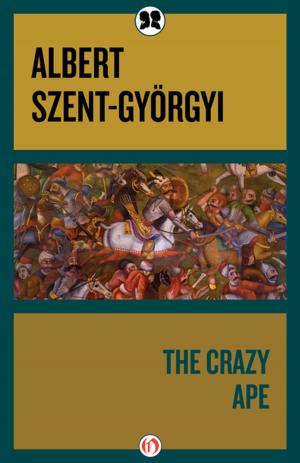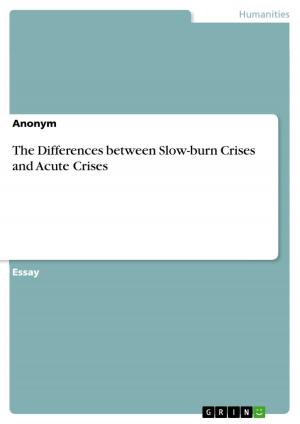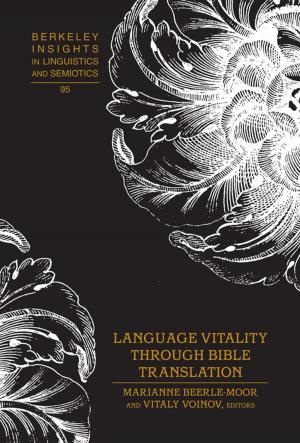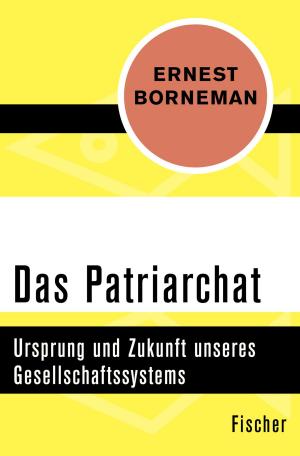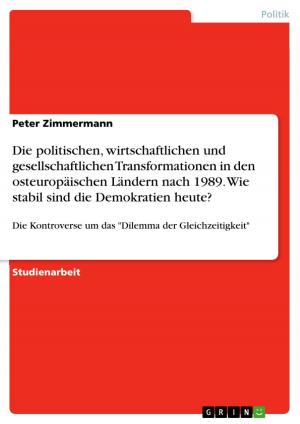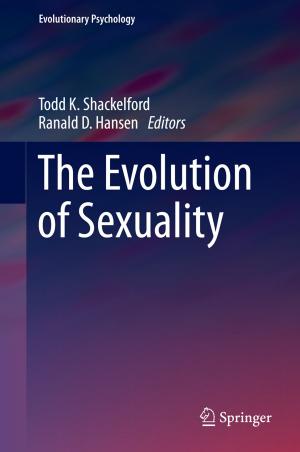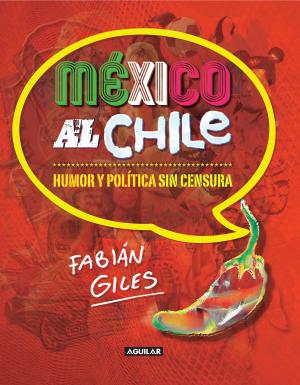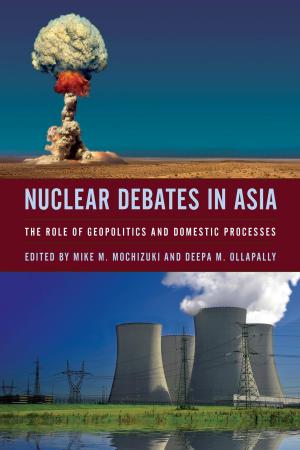| Author: | Amjed Jaaved | ISBN: | 9781310682254 |
| Publisher: | Amjed Jaaved | Publication: | March 18, 2014 |
| Imprint: | Smashwords Edition | Language: | English |
| Author: | Amjed Jaaved |
| ISBN: | 9781310682254 |
| Publisher: | Amjed Jaaved |
| Publication: | March 18, 2014 |
| Imprint: | Smashwords Edition |
| Language: | English |
Democracy as a system of government is viewed as a panacea. Inmany cases it is a disillusioning fetish. India’s Constitution provides for equality of rights to all citizens, regardless of social differences. The golden words in the objectives resolution promise to secure to all the people social, economic and political justice, equal opportunity, and equality of status before the law. Practically, justice to all has been a far cry. Take political rights. They are the raison dêtre of democracy. A manifestation of the political rights is periodic elections, a casualty in some neighbouring countries.
India could be proud to hold elections so regularly. But, the way influential people contest or win elections through malpractices leaves nothing to rejoice. Elections are only a formal part of political representation, not its essence. Only the political of affluent, educated and socially powerful sections of society can make it to the parliament.
The social conditions in India rule out possibility of free and fair elections. The poor and the marginalised have a bleak chance to contest and win elections. India, the world’s largest democracy, stands divided into two worlds, the affluent and the poor. The purpose of this paper is to highlight some less-seen parts of India’s democracy.
Western notion of democracy (Westminster model) is that it is government of the people (masses, not classes), for the people and by the people. Is the Indian democracy in name only or in substance also? In this ebook, we look into this question.
Democracy as a system of government is viewed as a panacea. Inmany cases it is a disillusioning fetish. India’s Constitution provides for equality of rights to all citizens, regardless of social differences. The golden words in the objectives resolution promise to secure to all the people social, economic and political justice, equal opportunity, and equality of status before the law. Practically, justice to all has been a far cry. Take political rights. They are the raison dêtre of democracy. A manifestation of the political rights is periodic elections, a casualty in some neighbouring countries.
India could be proud to hold elections so regularly. But, the way influential people contest or win elections through malpractices leaves nothing to rejoice. Elections are only a formal part of political representation, not its essence. Only the political of affluent, educated and socially powerful sections of society can make it to the parliament.
The social conditions in India rule out possibility of free and fair elections. The poor and the marginalised have a bleak chance to contest and win elections. India, the world’s largest democracy, stands divided into two worlds, the affluent and the poor. The purpose of this paper is to highlight some less-seen parts of India’s democracy.
Western notion of democracy (Westminster model) is that it is government of the people (masses, not classes), for the people and by the people. Is the Indian democracy in name only or in substance also? In this ebook, we look into this question.


